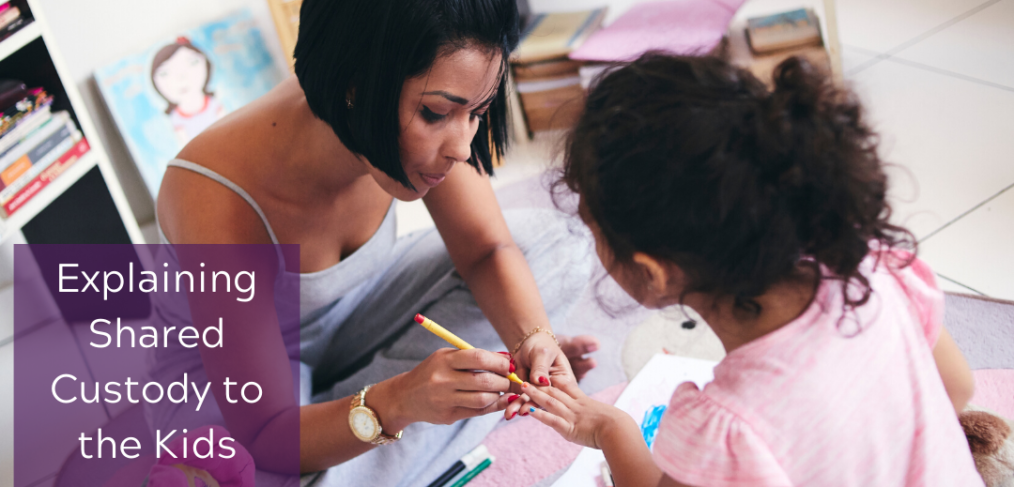
Explaining Shared Custody to the Kids
When the court awards shared or joint custody during a divorce settlement it means that the children will divided their time between both parents. Once this has been determined the parents will need to work through the details and logistics of works, school, sport and other schedules.
As parents, you will also need to explain the situations to their children. Here are some tips from www.parents.com that can help parents going through this situation.
Get on the Same Page with Your Ex
Even if you’re on poor terms, try to pull together a unified front to explain the changes to the kids. “It’s preferable if parents can tell the kids together,” says Rosalind Sedacca, founder of the Child-Centered Divorce Network and author of How Do I Tell the Kids About the Divorce? “You want to remind them that they aren’t losing Mom or Dad.
Drop the Drama
Regardless of how you feel, now is not the time to launch into a detailed explanation of why you’re getting divorced. “Avoid blaming the other parent. It creates emotional stress on the children when they hear negatives about either parent. The idea that ‘Mom hates Dad, but I love Dad’ is confusing for them,” Sedacca says. Keep in mind that your tone and attitude during the divorce will play a large role in how your children respond. Dr. Pedro-Carroll says it’s crucial that parents respect each other and contain their conflict. “Ongoing conflict between parents, especially when children are involved, has a huge negative impact on children’s physical and emotional health.”
Focus on the Constants
Sandwich the bad news with positive. Start by reminding the kids of what won’t change: both parents’ love and commitment to them. “How children are prepared for family changes sets the tone for how they respond in the short term and adjust over the long term,” Pedro-Carroll explains. “If children get a clear explanation and reassurance from both parents, they feel more secure and loved.” It can also help to remind them of the parts of daily life that won’t be affected at all by the divorce such as their schedule with school, friends, and activities, says Debbie Martinez, certified divorce life coach and Supreme Court certified family mediator.
Explain the Change
After you’ve set the stage by reminding your children what will remain the same, it’s time to talk about what will be different. “It is critical to prepare children for the changes they will experience,” Pedro-Carroll says. “When they lack essential information, they often fill in the blanks with their own worst fears.” The most important changes your children will want to know are where they will be living and when they will see each parent. “Don’t get overly detailed unless the child is asking specific questions. You don’t want to overwhelm them or create anxiety,” Martinez says. Consider using a visual aid, especially for younger children, to help explain the shared custody agreement. “Having a calendar that shows exactly when they can expect to be with each parent is helpful for children of all ages,” Pedro-Carroll suggests. “In addition to simply showing the logistics of the plan, a calendar underscores the reassuring commitment that each parent will spend time with them. Color-coded calendars for ‘Mom Days’ and ‘Dad Days’ help young children visualize their time with each parent, and older children often find more detailed schedules helpful, particularly if they are involved in activities.”
Rachel Frawley
Latest posts by Rachel Frawley (see all)
- Finding Clarity Before the Holidays - November 3, 2025
- November 2025 – What’s Happening - October 22, 2025
- Signs You’re Ready For Divorce - October 20, 2025



